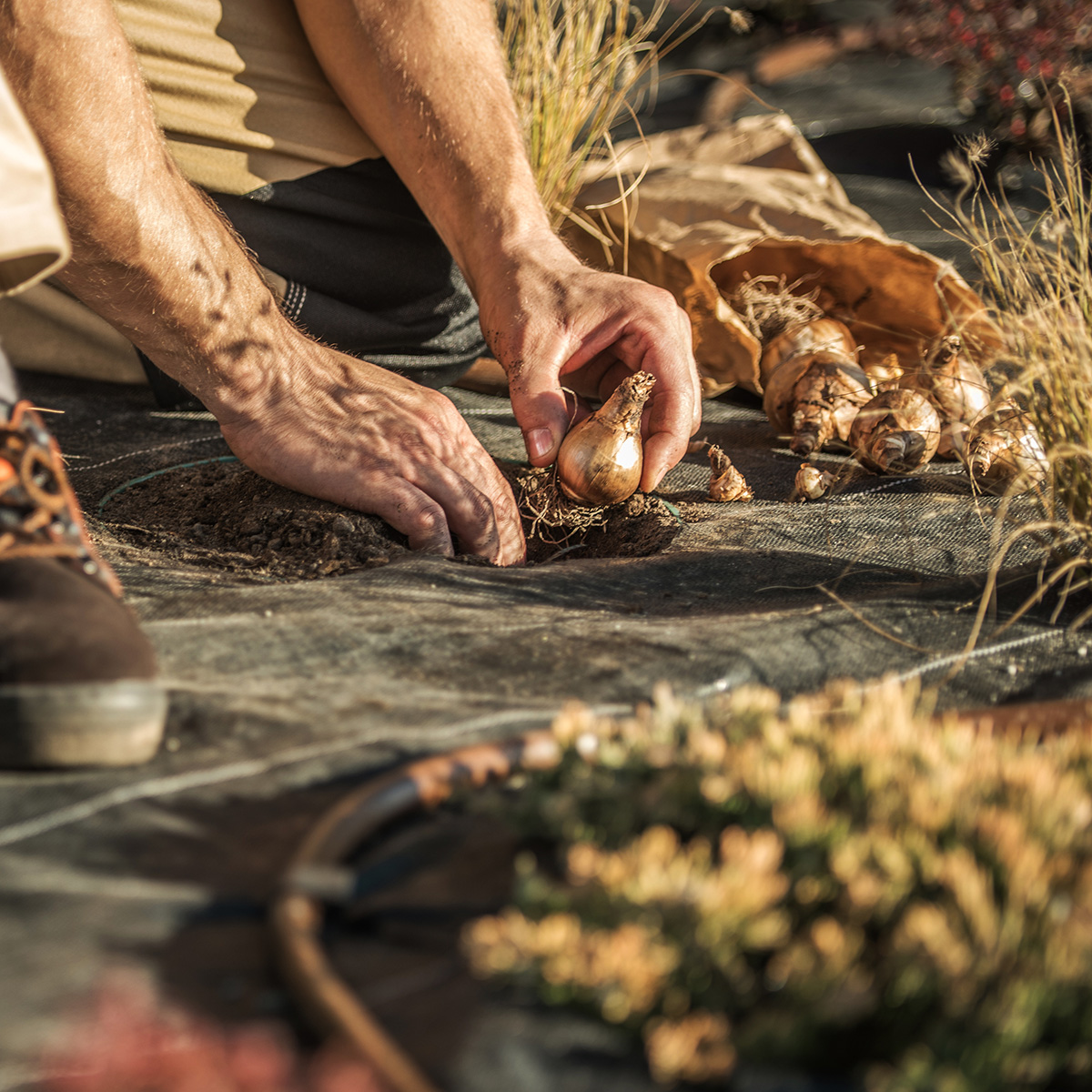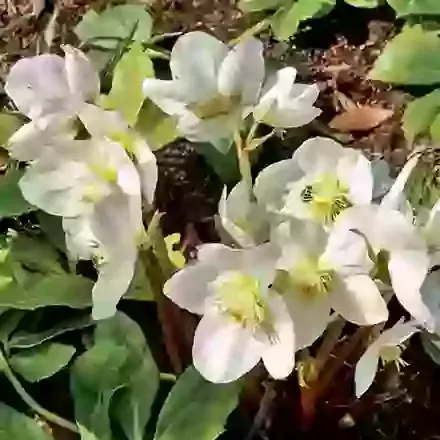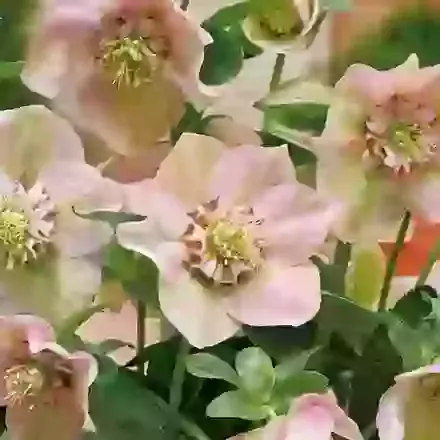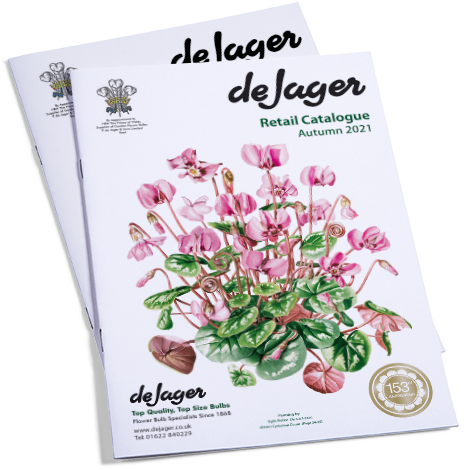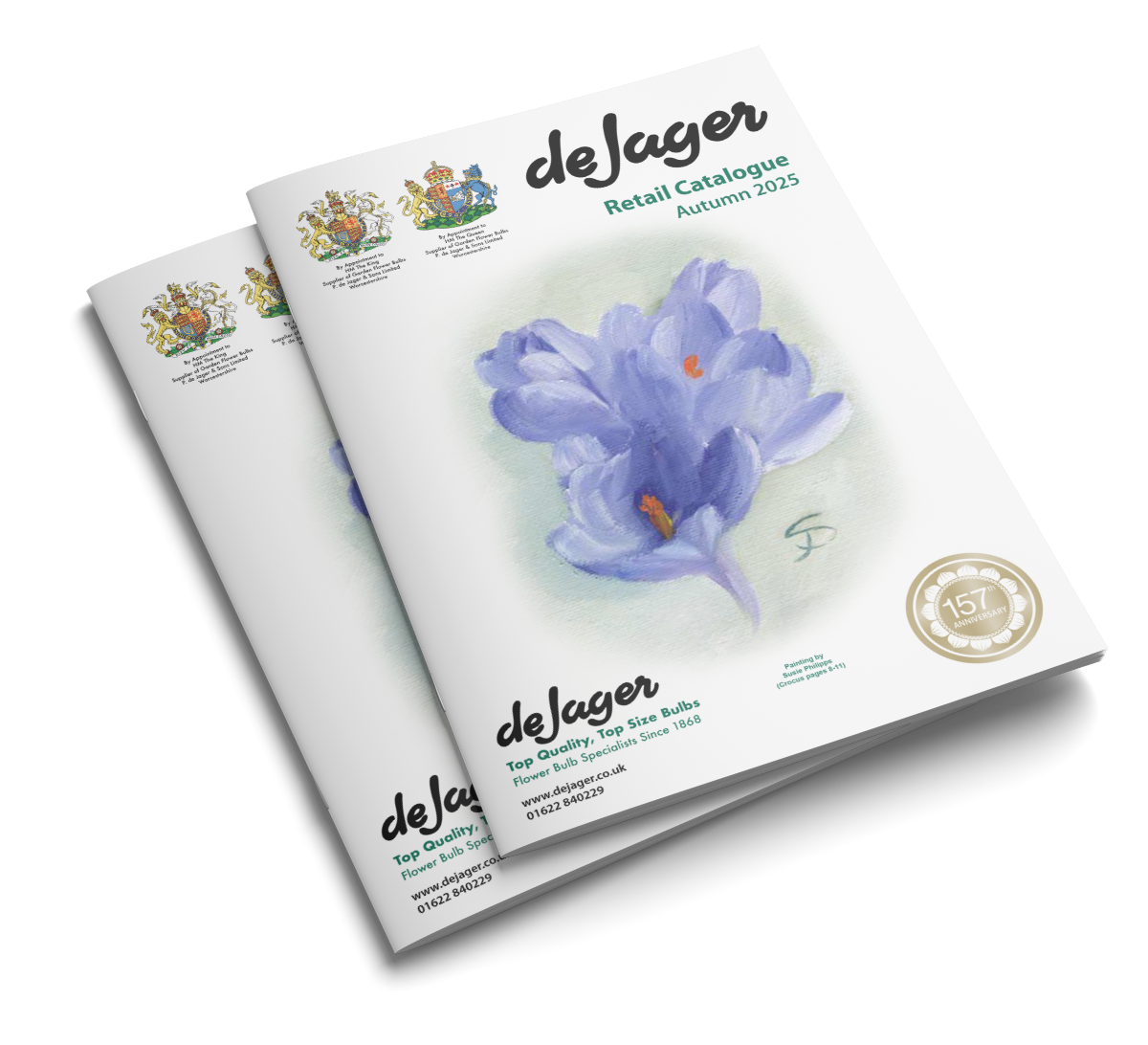Helleborus
Helleborus likes deep well composted, rich soil. Shade or semi-shade preferred. Supplied in 9 cm pots.
-
Lividus
M5502
Helleborus ‘Lividus’ bears heavily laden clusters of elegant, cup-shaped blooms with cream-green petals suffused by dusky pink. The evergreen foliage is equally attractive, with blue-green, serrated leaves overlaid by an elaborate web of silver veining.
Thriving on slightly alkaline soils, this variety will benefit from some frost protection. Blooming from December to March, Hellebores provide an invaluable source of nectar to early-flying pollinators and are recognised by the RHS in their ‘Plants for Pollinators’ scheme.
Watch with delight as bees giddily flit amongst the blooms on a sunny February day, before the rest of the garden has awoken.
-
Niger
M5503
A pristine white Hellebore, treasured for its wide-petalled winter blooms. Helleborus ‘Niger’ flowers between January and March, illuminating garden spaces on some of the darkest days. Deeply cut, leathery foliage provides year-round interest towards the front of a woodland border.
Sturdy stems, up to 30cm tall, hold the crisp white flowers, blushed pink on the reverse, with a cluster of fine golden stamens.
Prefers humus-rich soil which remains moist and is well drained, in a partly shaded spot.
Cut the leaves back to their base in winter when you notice buds emerge. This helps to prevent disease and allows the blooms to shine in the border.
-
Orientalis Pink
M5504
Striking saucer-shaped flowers in a variety of sweet, dusty pinks bloom from February to April on Helleborus ‘Orientalis Pink.’ This variety looks stunning teamed with deep berry and black toned Hellebores in a woodland border and is attractive to bees and early pollinators.
Sturdy stems grow up to 35cm tall, so plant Orientalis Pink where the flowers will be seen and appreciated, in a partly shaded area and in soil which is rich in leaf mould.
Deep green, leathery leaves provide year-round interest. It is advisable to prune the foliage back to its base when buds appear in late winter in order to help the flowers be more visible and to keep the plants in good health.
-
Orientalis White Spotted
M5505
A bashful little bloom, the faces of Helleborus ‘Orientalis White Spotted’ point modestly towards the ground. Gently lift the flowers up to reveal their astonishing, intricate beauty –double, frilled layers of alabaster petals are delicately stippled with burgundy freckles.
These clusters of demure blooms are shown to advantage by glossy, serrated, evergreen foliage. The leathery, rabbit resistant leaves make excellent woodland ground cover.
Blooming from December to March, the flowers are invaluable to early-season pollinators when other nectar sources are scarce, hence the RHS ranks Hellebores highly in their ‘Plants for Pollinators’ scheme.


